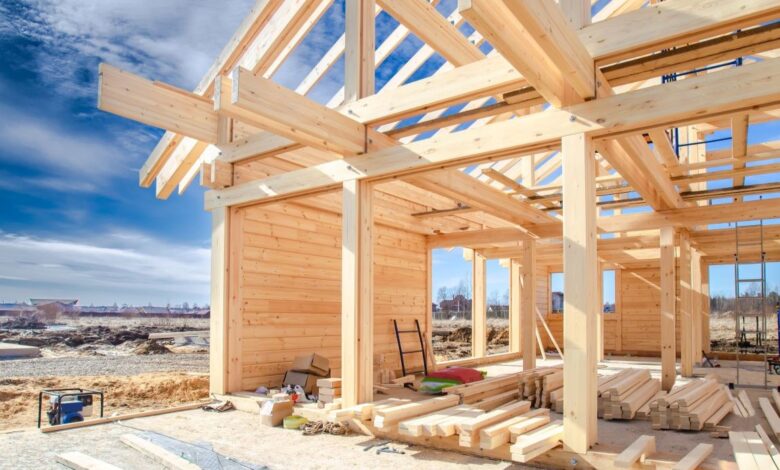States are making it easier to build ADUs. It is now up to the municipalities to follow this example.

The national housing shortage, the benefits of increased density, an ongoing shift in consumer tastes toward smaller homes closer to where urban action is taking place, and other factors have pushed state lawmakers to make it easier build outbuildings.
In 2024 alone, Colorado, Arizona, Massachusetts, and Hawaii passed major ADU legislation, and California added several laws to open the doors wider for ADUs. Ultimately, however, local governments remain the primary gatekeepers when it comes to ADU liberalization. While state-level ADU policies address local regulations that hinder ADU development, there is still work to be done.
But first the good news. Colorados HB24-1152 and that of Arizona SB 1415 followed the key tenets of what has become a standard approach to fueling ADU development. They have made ADUs legal by operation of law (meaning local governments cannot simply ban them), eliminated or minimized requirements for additional parking requirements, prohibited municipalities from imposing more stringent ADU design requirements than those for the primary residence, and owner relaxed or eliminated. occupancy requirements. Hawaiis SB 3202 follows suit, but does not address parking requirements.
The Massachusetts Affordable Housing Actpassed in August, allows ADUs less than 900 square feet by right on single-family residential lots. State officials expect 8,000 to 10,000 ADUs will be built over the next five years thanks to the law. And in California, where the first ADU law was passed in 1982, five ADU-related laws were passed:
- AB976 a permanent ban on home occupancy requirements made permanent.
- AB1033 allows the separate sale of an ADU from the primary residence.
- AB-1332 requires all cities and municipalities to develop programs for the pre-approval of ADU plans to be posted on the agency’s website, streamlining the review process.
- SB 1211 makes it easier to build ADUs on multifamily properties.
- SB 1210 requires utilities to disclose estimated costs and completion times for typical service connections, including ADUs (so that owners have an advance idea of the cost and timing of utility connections).
As state lawmakers continue to pressure municipalities to relax or lift ADU-related restrictions (13 and counting have done this), utilities and other fees – collectively known as impact fees – are moving to the center of pro-ADU policy discussions. That’s because impact fees can amount to more than enough to stifle ADU development.
Take a few examples from Colorado, where the state and many municipalities are working hard to change the regulatory landscape that favors large single-family homes. The city of Lyons, near Boulder, wants to increase density. But old regulations that favor large single-family homes mean that the impact fees imposed on every door of a new high-density development make it financially unsustainable. So despite a tight-knit community of ADUs that align with Lyons’ community goals, it appears the land will instead go to a developer of standard single-family homes.
In Nederland, another city near Boulder, the cost to build an ADU — or any other home — is about $65,000. If you’re building a $2 million mansion, that might be a rounding error. But if you’re considering a $200,000 ADU, it’s a huge hit.
To the Netherlands’ credit, they are conducting a water study and plan to reduce those fees. The city is following a clear trend: Barely a week goes by without a municipality somewhere in the country liberalizing ADU-related ordinances. Based on this and my own experience, there are a few things municipalities can do to help promote ADUs beyond those typically found in the new state mandates:
- Prorate impact fees based on the size of the building, not just whether it is a residential unit or not. A 750 square foot ADU, from a utility perspective, is not the same as a 5,000 square foot home.
- Consider a program to waiver of system development costsas Portland, Oregon, does if the ADU is not intended as a short-term rental. These costs may include transportation (for potential transit improvements), water, sewer and stormwater, and parks and recreation.
- If historically single-family homes are dominant, evaluate how zoning and permitting works (or doesn’t work) for multi- or small-unit developments.
- As California is doing with AB 1332: expedited permitting when ADUs must be built based on pre-designed plans previously submitted by ADU builders.
Finally, a broader consideration: Consider the long-term benefits of higher density, including higher sales tax revenues and property tax revenues – and without the headaches that can come with multifamily buildings in terms of things like public safety.
States and municipalities have come a long way in paving the way for those hoping to add vital infill housing through ADUs. But ultimately, municipalities hold the key to whether or not ADUs can open many more doors in addressing America’s ongoing housing shortage.
Mike Koenig is the president and founder of Studio Shed.
This column does not necessarily reflect the opinion of HousingWire’s editorial staff and its owners.
To contact the editor responsible for this piece: [email protected].




